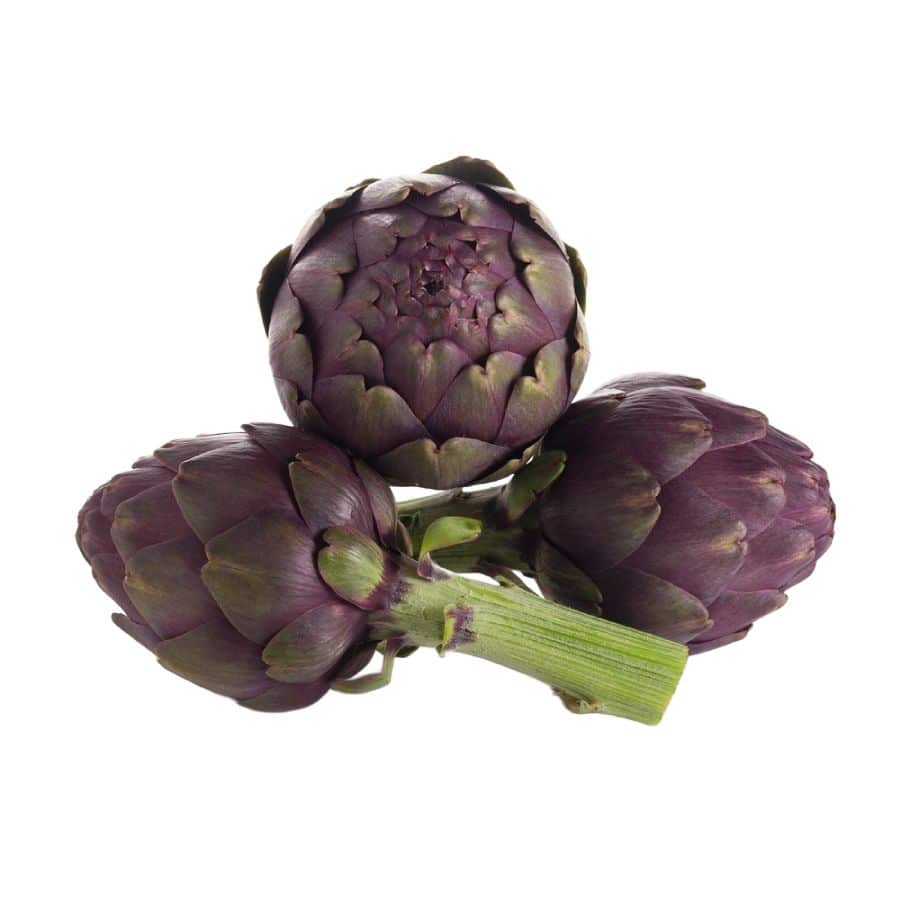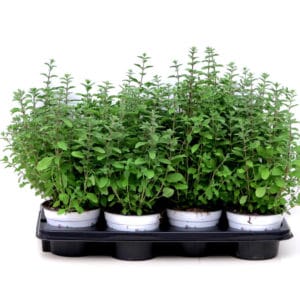Description
The Artichoke is native to the Mediterranean region, making it perfectly suited to the climate in Malta, where it behaves as a perennial. The key is establishing the plant during the cooler, wetter months.
Timing the Transplant: The “precoce” (early) varieties like Opal are often transplanted in late summer/early autumn to ensure a crop in the late autumn/winter of the same year. Move young plants (with 4-5 true leaves) to their final position.
Location: Full Sun (South or South-West exposure) is essential. Artichokes are large, so ensure they are not shaded by other crops.
Protection: The location should be sheltered from strong, cold winter winds.
Soil: Artichokes are heavy feeders and require deep, fertile, well-drained soil.
Drainage is critical: They adapt well to various soils but hate “wet feet,” which causes root rot. Consider planting in raised beds or mounds if your soil is heavy clay.
Preparation: Dig the ground deeply (at least 50-60 cm) and incorporate plenty of well-rotted manure or compost before planting.
Spacing: Artichokes are large plants. Space plants at least 1 meter (3 feet) apart in all directions (1m on the row and 1m between rows).
Watering: This is the most critical element. The plant is drought-tolerant once established, but it needs consistent, deep watering from July through November to support bud formation. Drip irrigation is highly recommended for water efficiency.
Fertilizing: Requires balanced and generous feeding. Fertilize up until bud formation begins.
Caution: Avoid excessive nitrogen, which causes rapid leafy growth at the expense of developing the edible buds.
Stumping/Stalking (Post-Harvest): After the main spring harvest is finished (usually around May/June), the plant will enter summer dormancy.
Cut the plant back aggressively (stump) to encourage new growth (carducci or side shoots) when the cool weather returns in autumn.
Winter Care: The plant is hardy, but in colder periods (which are rare in Malta but may occur), heavy frost can damage the top foliage. The root crown (rhizome) will survive and regrow in the spring.






